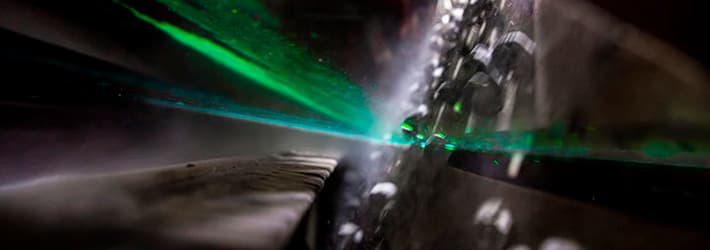XRT (X-Ray transmission)
Typical application: It can be used to recover large coated diamonds before secondary crushing.

TOMRA Sorting Solutions provides a broad portfolio of cutting-edge sensor technology. Its versatile combination offers solutions for almost every sorting task in the mining industry. The technologies developed by our in-house team of engineers, application experts and machinists are designed and built to meet the most strenuous demands of recycling. Our sorting systems redefine machine capability and set new standards in performance thanks to our high-precision sensors, data-driven software and powerful processing techniques.
With our cutting-edge technology, you benefit from more flexibility and a dedicated team that knows exactly how to make the most of your sorting system. Our long-standing collaboration with waste and metal recyclers throughout the world is our constant source of inspiration – and the evolution of our technologies continue.

OBTAIN™ - A groundbreaking deep learning technology for TOMRA's sorters, revolutionizes ore sorting by enabling precise detection and classification of individual particles, even when clustered. OBTAIN™ is an industry-first: single-particle precision in high-throughput ore sorting. This revolutionary software uses a Neuronal Network to identify the properties of each particle accurately and independently of the sorter’s capacity, achieving unparalleled precision and reliability in detection and ejection. Based on their specific requirements, the mining operation has the flexibility to either enhance the throughput of the sorter while maintaining consistent sorting efficiency or improve sorting precision without compromising the existing throughput. It is a true game changer.













